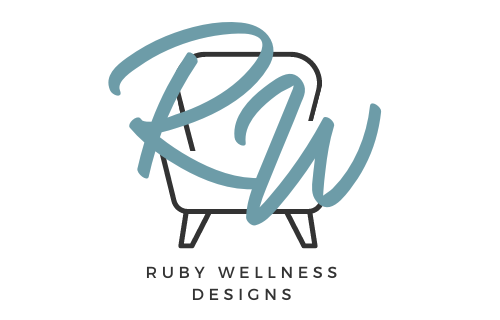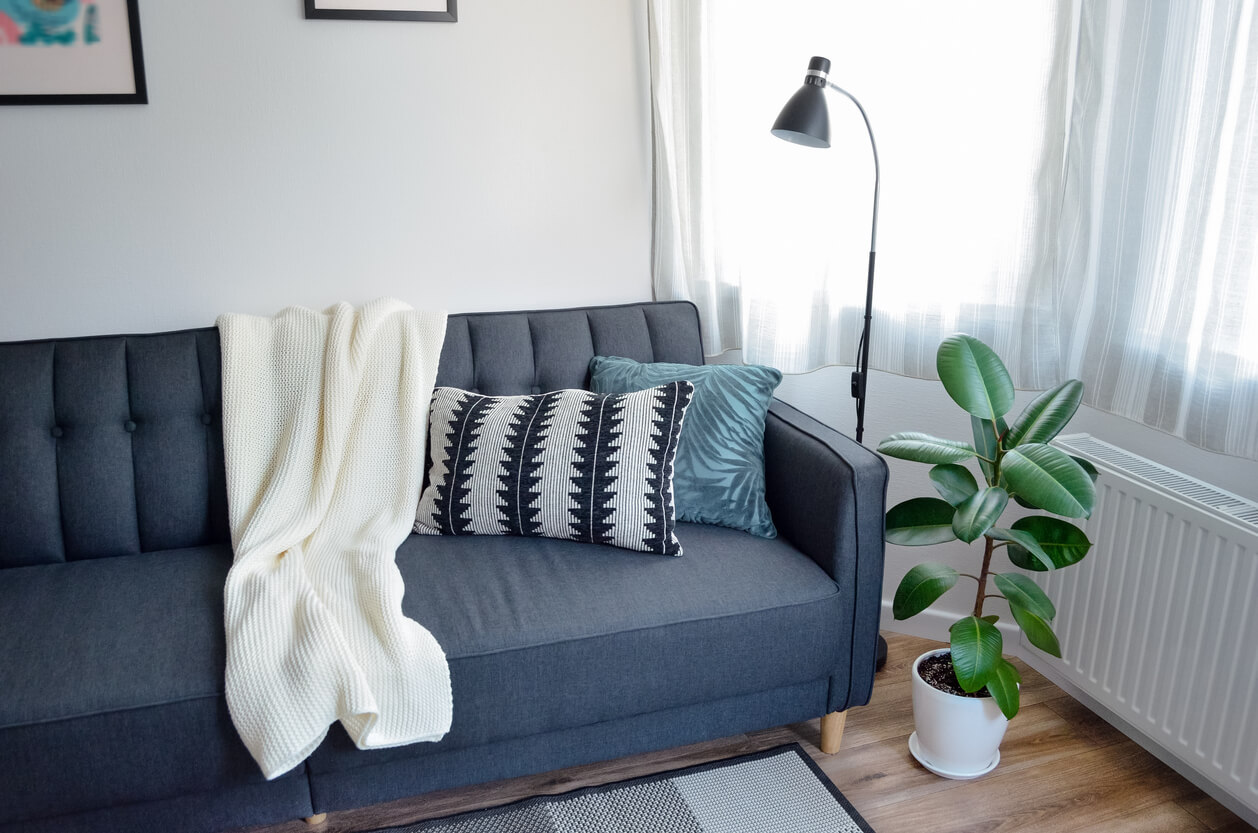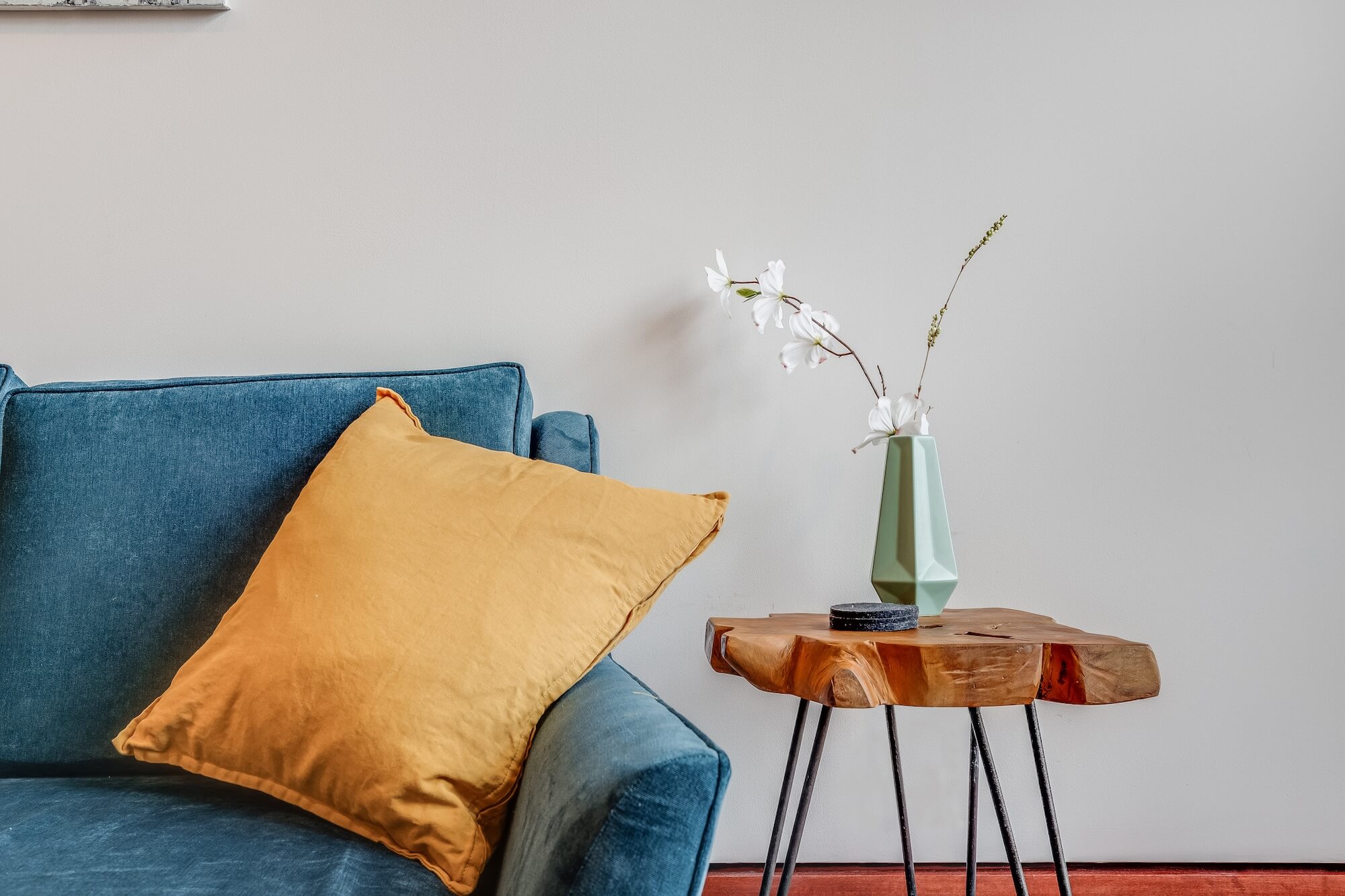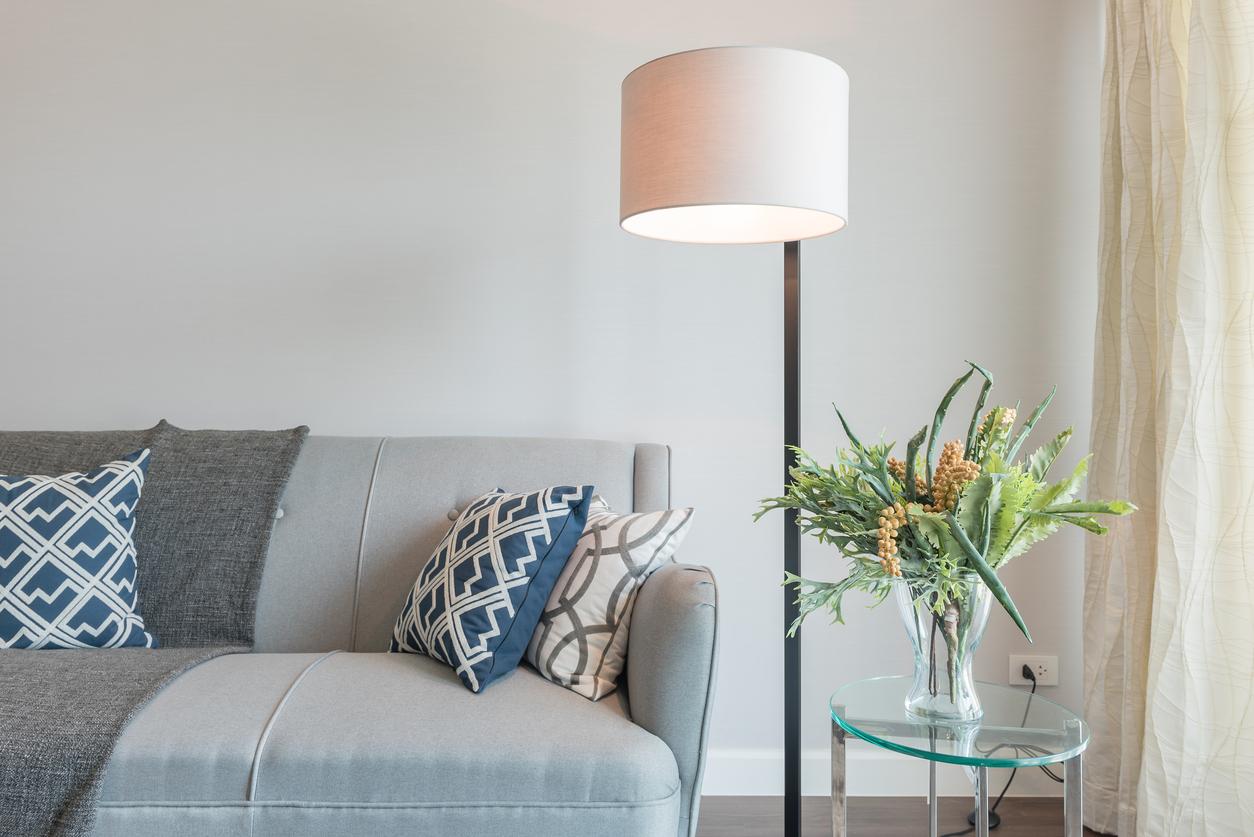Area Rugs for Therapist Offices
Area Rugs for Therapist Offices
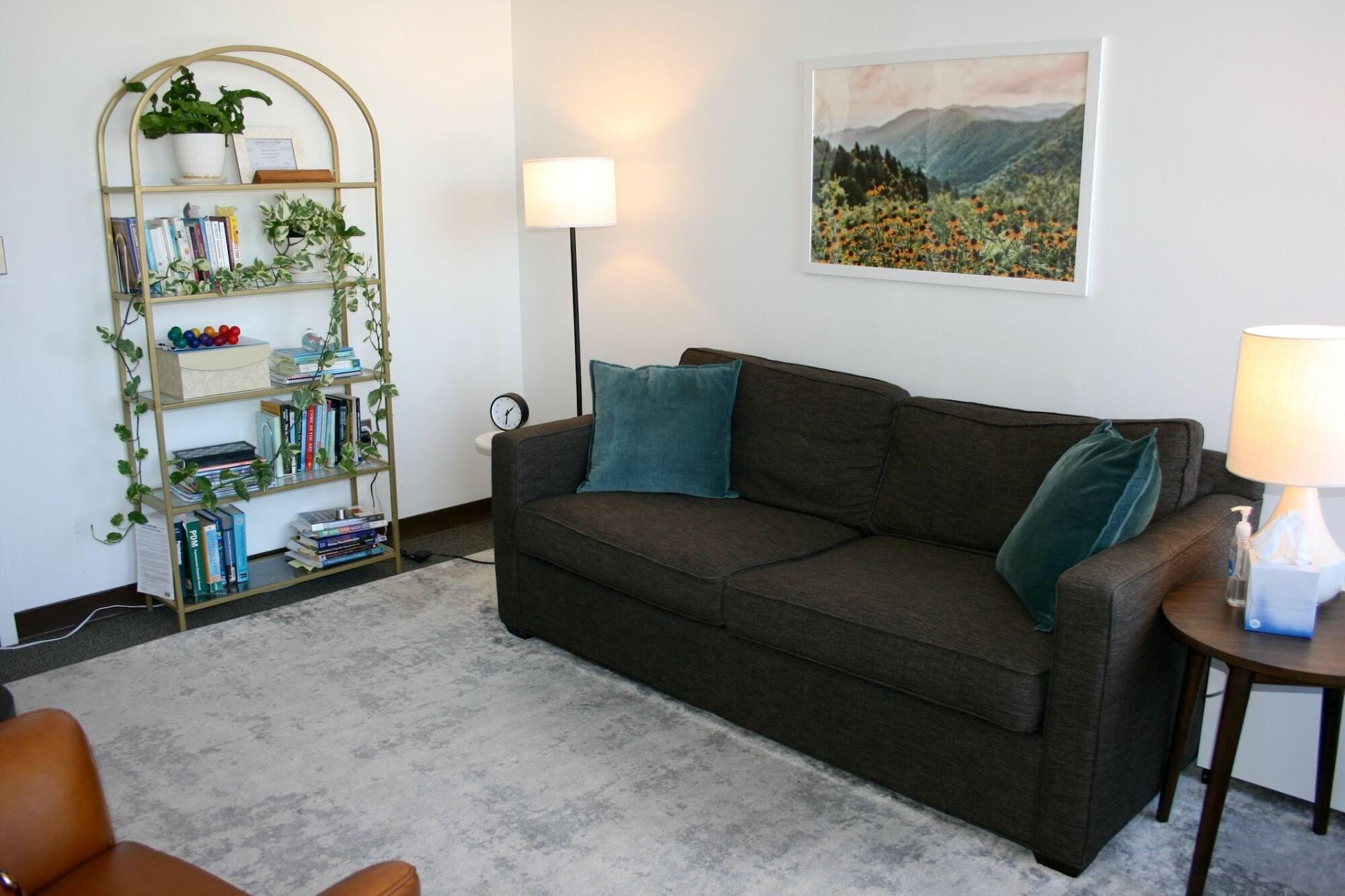
Why use an area rug in your therapy office?
Area rugs can have a big impact on a space. If used correctly, they can make a room feel larger, warmer, and more cohesive. They can define your color palette and soften an otherwise cold space. Many interior designers have written or podcasted about using an area rug as the first step in any room design – they see rugs as the foundation for a room! Read below for my top tips on choosing area rugs for therapist offices.
Do therapy offices really need area rugs?
Technically, no, but why miss out on an easy design win? Yes, I have seen many beautiful therapy offices that do not have area rugs. However, I have also seen many offices feel completely transformed by adding a rug to the space. If it were up to me, I would use an area rug for every therapy office. I think area rugs help take a space from corporate to cozy.
My office has carpeting. Can I still use an area rug?
Absolutely! Often the carpeting in office buildings is old, dark and dingy. Throwing an area rug on top can help elevate your space. Be sure to get a rug pad that helps prevent area rugs from slipping on carpet (see more below).
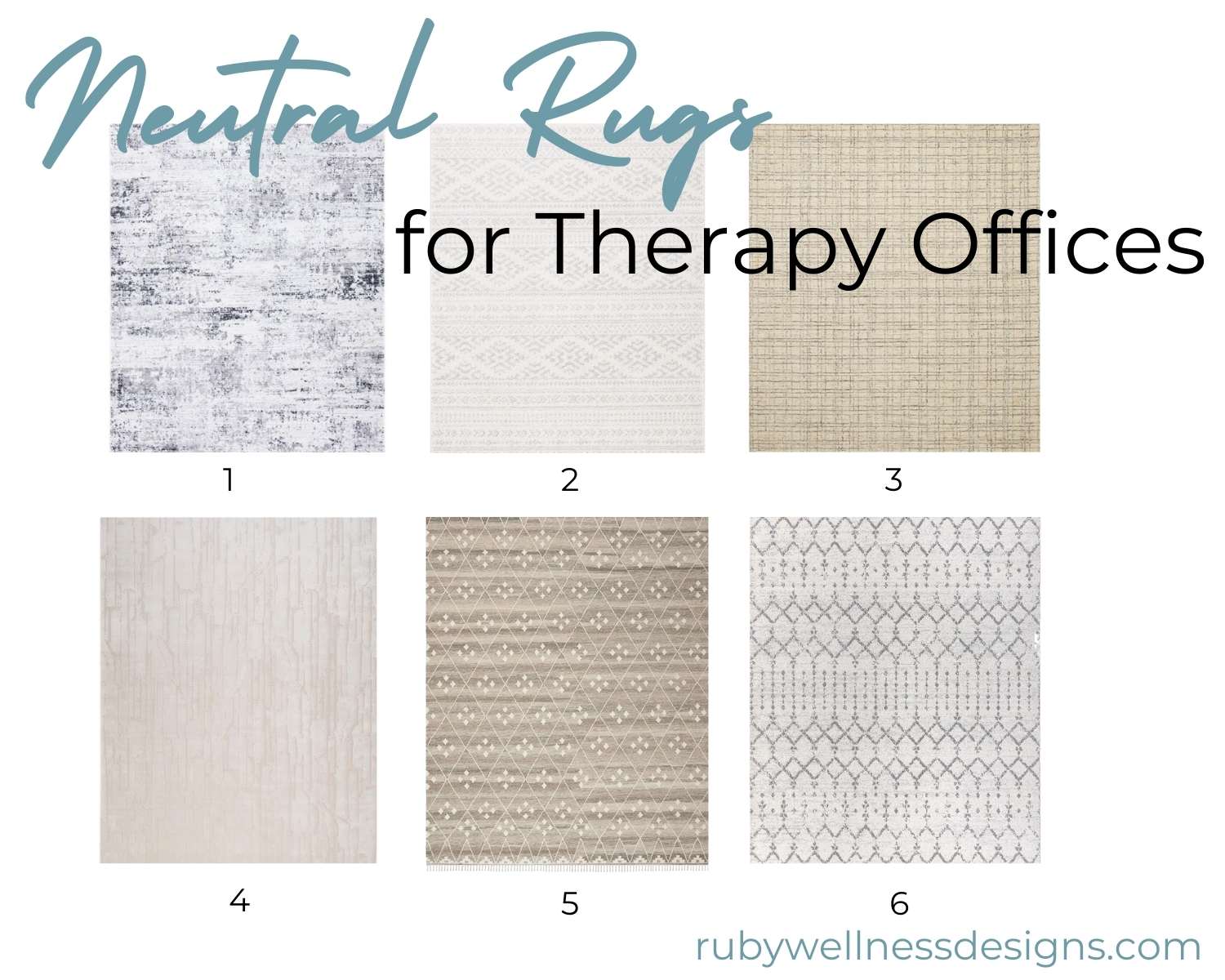
(See below for links to these rugs)
Top tips for how to pick an area rug for your therapy office:
1. Go big. Pick the largest size rug that will fit in your office space. The larger the rug, the larger your room will feel. Make sure there are still a few inches between the wall and the rug so it doesn’t look like wall-to-wall carpeting.
2. Place furniture feet on the rug. If you can’t afford the largest size that fits in your space, at least be sure that the front feet of your therapy armchair and the front feet of your sofa can all fit on the rug. Rooms look smaller when rugs sit in the middle of a room with no furniture resting on them.
3. If picking a colorful rug, use those colors as your office color palette. Some people prefer neutral rugs, which can support multiple different office color palettes. If you’re going with a more colorful rug, use the colors as your color palette for the room. Identify the main and accent colors in the rug and mimic those in the other design elements in your space.
4. Consider visual weight. I have found that therapy offices feel more calm and open with colors and patterns that are not too bold. Of course this is a personal preference. But, consider the visual weight of an area rug before adding it to your space. If it’s too “heavy” or “loud” visually, it may feel distracting or busy. (For a more in depth discussion about colors for therapy offices read Choosing Colors for Your Therapy Office Color Palette.)
5. Don’t forget a rug pad. After picking your perfect area rug for your office, it’s important to keep it in place. Rugs placed on carpet can bunch and rugs on tile or hardwood can slide. It’s important not just for aesthetics, but also for safety, to make sure your rug stays put. Make sure you pick the right kind of rug pad – some are made for securing rugs on hard floors and others are made for rugs on carpet.
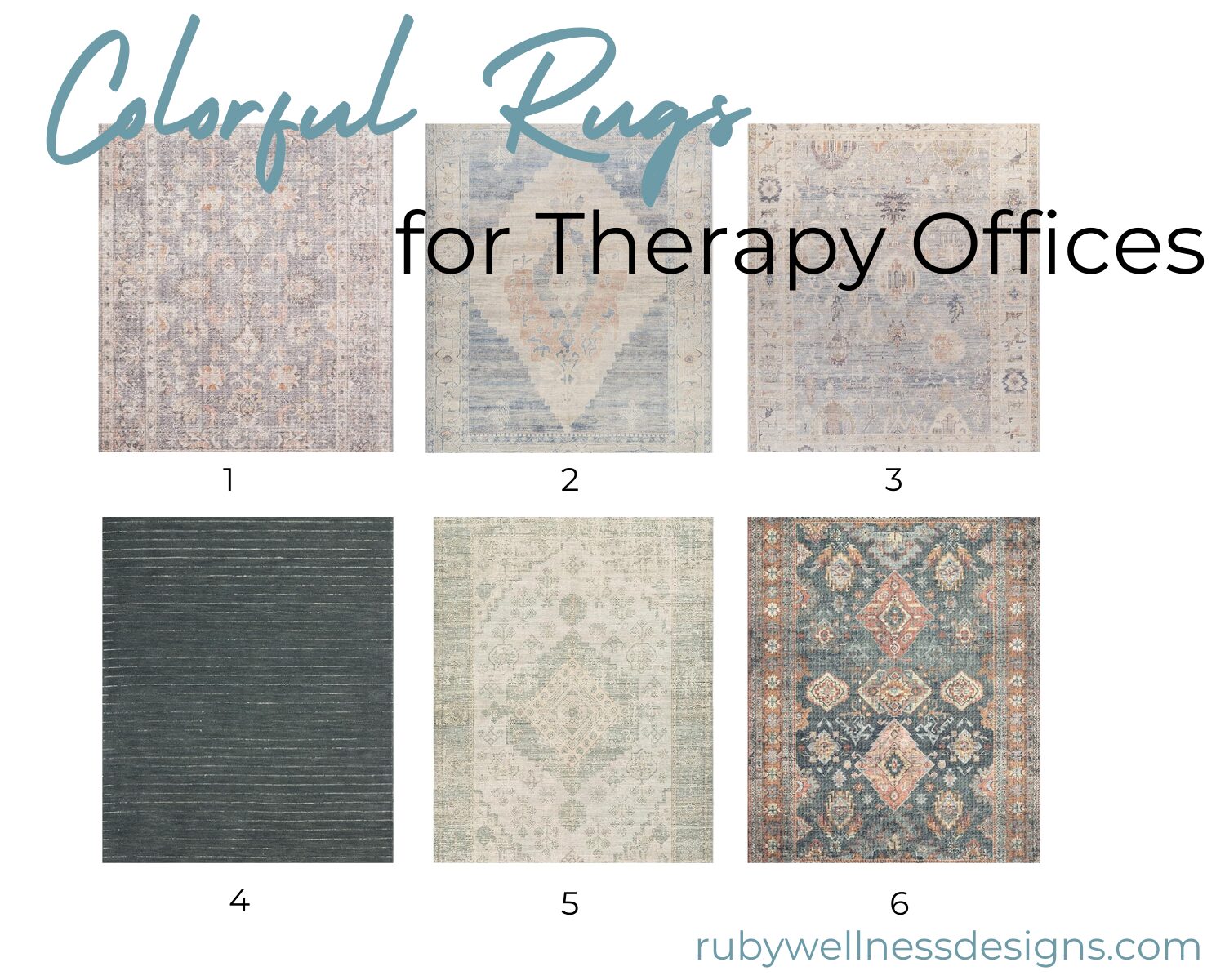
(See below for links to these rugs)
If you’re looking for an easy way to bring cohesion, texture, and warmth to your space, consider adding an area rug! Even if you have carpet in your office already, and even if you have a small space, area rugs for therapist offices can make a big visual impact on a space.
